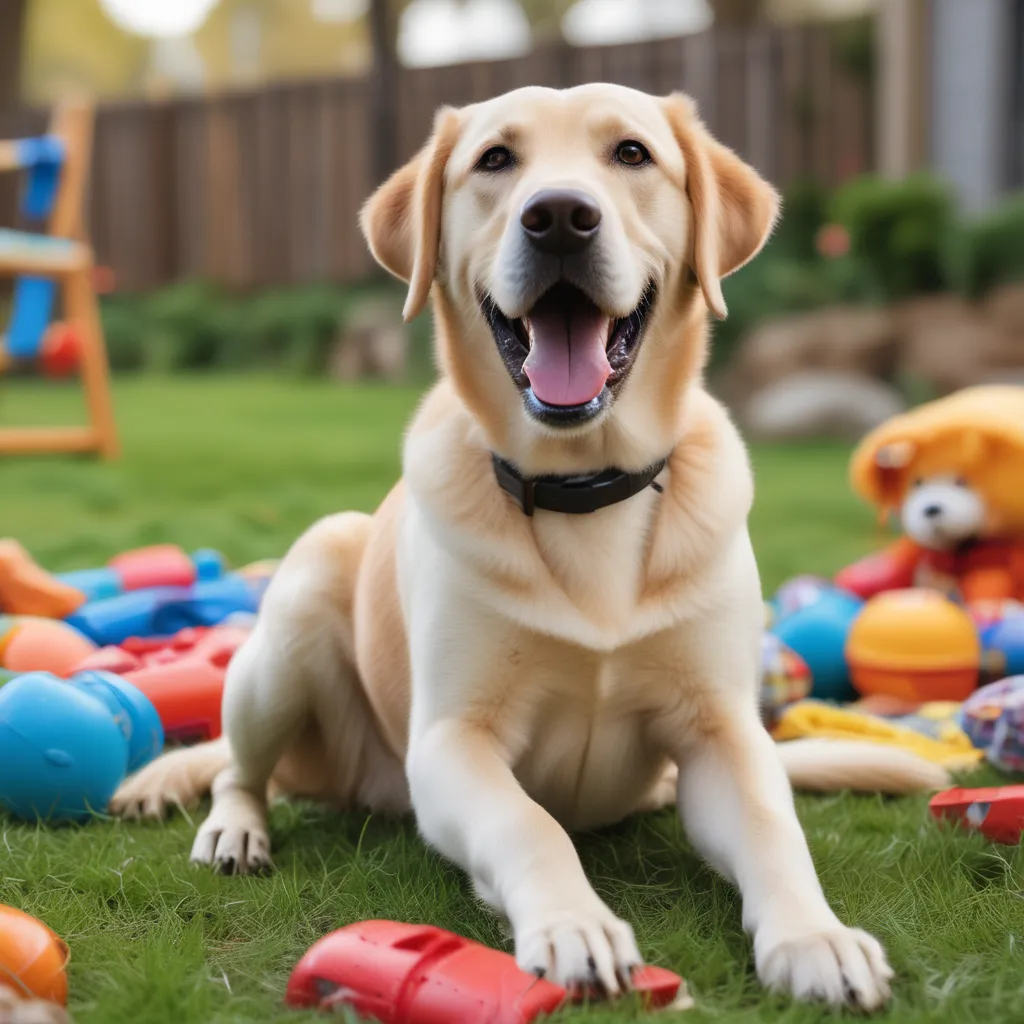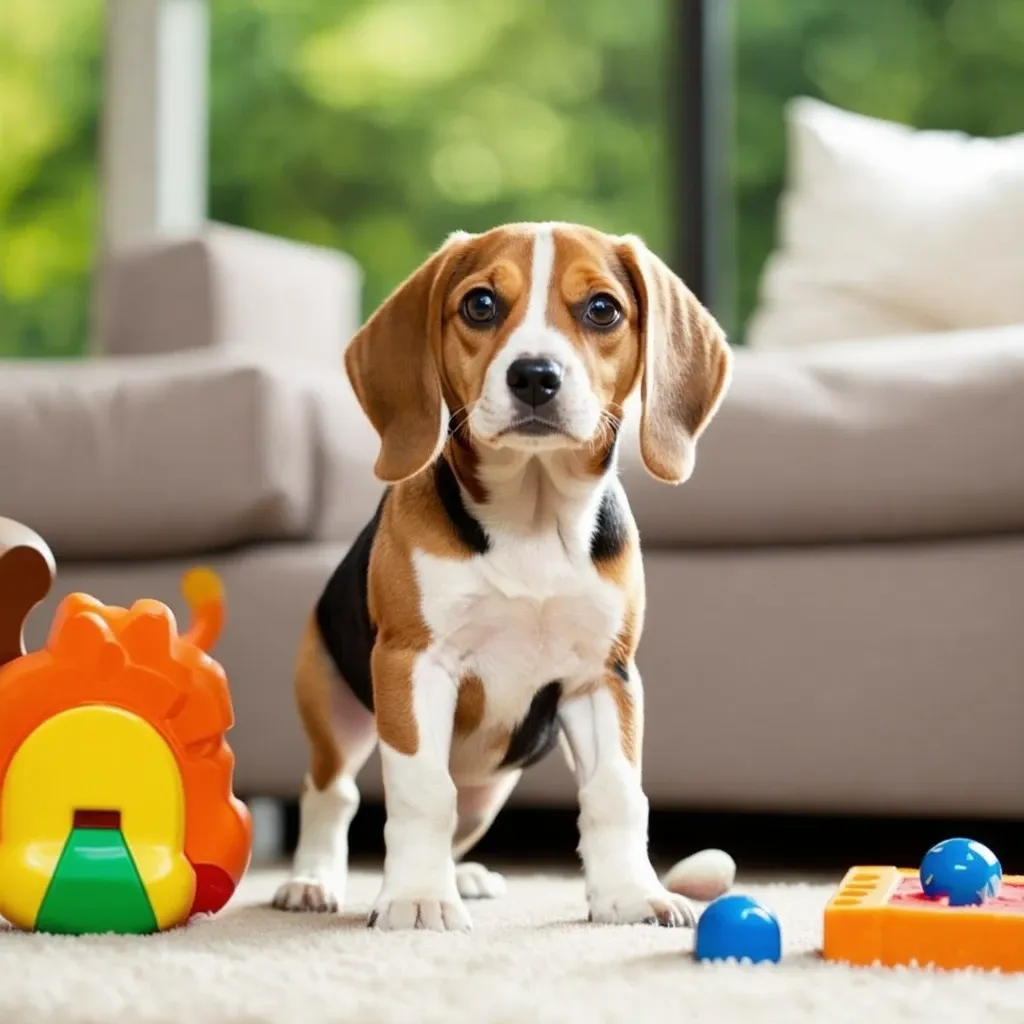Introduction
When it comes to dogs, there’s no denying that some breeds are more likable than others. But what makes a dog breed likable, exactly? Is it their temperament, physical characteristics, or something more? In this article, we’ll delve into the key factors that contribute to a dog’s likability and explore what makes a dog breed truly special.
From loyal companions to playful pals, dogs have a way of capturing our hearts. But have you ever wondered what sets certain breeds apart from the rest? Whether you’re a seasoned dog owner or just a dog lover, understanding what makes a dog breed likable can help you find the perfect furry friend for you.
In this article, we’ll explore the role of temperament and personality in likability, the impact of physical characteristics, and the importance of loyalty, playfulness, and intelligence. By the end, you’ll have a better understanding of what makes a dog breed likable and which breeds are considered the most likable of all.

What Makes a Dog Breed Likeable?
When it comes to determining what makes a dog breed likeable, there are several factors to consider. While every dog is unique, some breeds tend to be more responsive to cues and cause fewer problems than others. These breeds often possess certain characteristics that make them more endearing to their owners and others.
Factors that Contribute to a Dog Breed’s Likeability
Several factors contribute to a dog breed’s likeability, including:
- Temperament and Personality: A dog’s temperament and personality play a significant role in determining its likeability. Breeds with calm, gentle, and even-tempered personalities tend to be more likeable than those with aggressive or anxious personalities.
- Physical Characteristics: A dog’s physical characteristics, such as its size, coat type, and facial features, can also impact its likeability. For example, breeds with cute or endearing physical features, such as the Labrador Retriever or the Cavalier King Charles Spaniel, tend to be more likeable than breeds with more intimidating features, such as the Doberman Pinscher or the Rottweiler.
- Loyalty and Affection: Breeds that are loyal and affectionate towards their owners tend to be more likeable than those that are aloof or independent. Breeds like the Golden Retriever and the Labrador Retriever are known for their loyalty and affection towards their owners.
- Intelligence and Trainability: Breeds that are intelligent and easy to train tend to be more likeable than those that are stubborn or difficult to train. Breeds like the Poodle and the Border Collie are known for their intelligence and trainability.
The Role of Oxytocin and Cortisol
Interacting with dogs can increase levels of oxytocin, a hormone that releases feelings of joy, and reduce levels of cortisol, a stress-related hormone. This can contribute to a dog breed’s likeability, as owners who experience these positive emotions when interacting with their dogs are more likely to form strong bonds with them.
Understanding a Breed’s Physical Characteristics
Understanding a breed’s physical characteristics can help owners determine the level of care their dog needs and the best way to meet those needs. For example, breeds with thick coats may require more frequent grooming, while breeds with high energy levels may require more exercise.
While every dog is unique, certain breeds tend to be more likeable than others due to their temperament, physical characteristics, loyalty, intelligence, and trainability. By understanding these factors, owners can better determine which breed is right for them and build strong, loving relationships with their dogs.
The Role of Temperament and Personality in Likeability
A dog’s temperament and personality play a significant role in its likeability. Research has shown that many dog owners consider their dog’s personalities similar to their own, especially in the areas of neuroticism, extraversion, agreeableness, openness, and conscientiousness. This is because a dog’s temperament and personality are shaped by a combination of genetics, breed traits, and socialization.
Genetics and breed traits influence a dog’s temperament, with each breed having its unique characteristics. For example, some breeds are naturally more energetic and playful, while others are more laid-back and calm. However, every pup is one-of-a-kind and may differ from its breed’s typical characteristics.
Socialization also plays a crucial role in shaping a dog’s personality. An owner’s training and interaction with their dog can directly affect its personality traits, such as fear, aggression, mistrust, and anxiety. Positive reinforcement training and early socialization can help bring out the best expression of a dog’s personality.
Moreover, a dog’s personality can be influenced by its owner’s personality. Studies have shown that dog owners tend to choose breeds that match their own personality traits. For instance, an outgoing and energetic person may choose a breed that is also energetic and playful.
In conclusion, a dog’s temperament and personality are complex and multi-faceted, influenced by a combination of genetics, breed traits, socialization, and owner interaction. Understanding these factors can help dog owners appreciate their dog’s unique personality and strengthen their bond with them.
The Impact of Physical Characteristics on Likeability
When it comes to determining the likeability of a dog breed, physical characteristics play a significant role. While temperament and personality are crucial factors, a dog’s physical appearance can greatly influence how we perceive and interact with them.
The Power of Physical Attractiveness
Research has shown that physical attractiveness can significantly impact our perception of a dog’s likeability. A study published in the Journal of Veterinary Behavior found that people tend to rate dogs with more attractive physical features, such as a symmetrical face and a well-proportioned body, as more likeable and friendly.
The Role of Body Shape and Size
A dog’s body shape and size can also impact their likeability. For example, breeds with a more compact body shape, such as Bulldogs and Pugs, are often perceived as more affectionate and playful. On the other hand, larger breeds, such as Great Danes and Mastiffs, can be intimidating to some people, despite their gentle nature.
The Impact of Coat Type and Color
A dog’s coat type and color can also influence their likeability. Breeds with a soft, fluffy coat, such as Samoyeds and Maltese, are often perceived as more cuddly and affectionate. Additionally, dogs with a unique or rare coat color, such as the Merle pattern, can be more attention-grabbing and memorable.
The Importance of Facial Features
A dog’s facial features can also play a significant role in determining their likeability. Breeds with a more expressive face, such as the Poodle and the Bichon Frise, are often perceived as more intelligent and friendly. On the other hand, breeds with a more stoic face, such as the Chow Chow and the Shar-Pei, can be perceived as more aloof and independent.
In conclusion, physical characteristics can significantly impact a dog’s likeability. While temperament and personality are crucial factors, a dog’s physical appearance can greatly influence how we perceive and interact with them.
The Importance of Loyalty, Playfulness, and Intelligence in Likeability
When it comes to what makes a dog breed likeable, several factors come into play. While physical characteristics and temperament are important, loyalty, playfulness, and intelligence also play a significant role in determining a dog’s likeability.
Loyalty: The Cornerstone of Canine Likeability
Loyalty is closely tied to a dog’s ability to form strong bonds with their human family members. This bonding process is fueled by oxytocin, often referred to as the “love hormone.” Dogs that are loyal to their owners are more likely to be liked and loved in return. In fact, a dog’s loyalty is often seen as a key factor in the human-canine bond.
The Role of Intelligence in Likeability
Intelligence can be a double-edged sword when it comes to loyalty in dogs. While it’s true that intelligent dogs can form strong bonds with their owners, their high cognitive abilities can also make them more independent and less likely to follow commands. However, when intelligence is combined with loyalty, it can create a powerful bond between dog and owner.
Playfulness: The Key to a Strong Bond
Playfulness is another important factor in determining a dog’s likeability. Dogs that are playful and enjoy interacting with their owners are more likely to form strong bonds and be seen as likeable. Playfulness also helps to reduce stress and anxiety in both dogs and humans, creating a more positive and enjoyable relationship.
The Interplay Between Loyalty, Playfulness, and Intelligence
When loyalty, playfulness, and intelligence come together, they create a powerful combination that can make a dog breed extremely likeable. Dogs that are loyal, playful, and intelligent are more likely to form strong bonds with their owners, be easy to train, and provide companionship and comfort.
In conclusion, loyalty, playfulness, and intelligence are essential factors in determining a dog breed’s likeability. By understanding the importance of these traits, we can better appreciate the unique characteristics of different dog breeds and build stronger, more meaningful relationships with our canine companions.
The Most Likeable Dog Breeds and Why
When it comes to finding the perfect furry companion, many of us look for breeds that are friendly, outgoing, and loving. While every dog has a unique personality, some breeds tend to be more sociable than others. Here are the top most likeable dog breeds and why they make great companions.
1. Labrador Retriever

Labrador Retrievers are consistently ranked as one of the most loveable dog breeds. Their friendly, outgoing, and loyal nature makes them perfect companions for families and individuals alike. Labs are known for their playful and energetic behavior, always eager to participate in games and outdoor activities.
2. Staffordshire Bull Terrier

Despite their muscular build, Staffordshire Bull Terriers, or “Staffies,” are affectionate, playful, and friendly dogs. They are known for their gentle nature, especially with children, earning them the nickname “nanny dogs.” Staffies are people-oriented and love being the center of attention.
3. Golden Retriever

Golden Retrievers are known for their friendly, loyal, and gentle nature. They are easy to train and are great with children, making them a popular choice for families. Their intelligence and athleticism also make them excel in dog sports and activities.
4. Beagle

Beagles are small, friendly dogs that are great with children and adults alike. They are curious and energetic, loving to explore and play. Their small size and gentle nature make them a great choice for apartment living.
5. Poodle

Poodles are highly intelligent and easy to train, making them a popular choice for obedience and agility competitions. They are also known for their low-shedding coat, making them a great choice for those with allergies. Poodles are loyal and loving, forming strong bonds with their owners.
These breeds are just a few examples of the many likeable dog breeds out there. Remember, every dog is unique, and what makes one breed likeable may not be the same for another. By understanding what makes a dog breed likeable, you can find the perfect companion for you and your family.
Conclusion
In conclusion, the most likeable dog breeds are those that possess a unique combination of temperament, personality, physical characteristics, loyalty, playfulness, and intelligence. Through our exploration of what makes a dog breed likeable, we’ve discovered that it’s not just one trait that sets them apart, but rather a harmonious balance of several key factors.
By understanding the role of temperament and personality, the impact of physical characteristics, and the importance of loyalty, playfulness, and intelligence, we can better appreciate the breeds that have captured our hearts. Whether it’s the friendly Golden Retriever, the intelligent Poodle, or the playful Beagle, each breed has its own unique charm that makes them special.
As we’ve seen, the most likeable dog breeds are those that are able to form strong bonds with their human families, provide companionship, and bring joy and excitement to our lives. By recognizing and appreciating these qualities, we can build stronger, more meaningful relationships with our canine companions.
In the end, the most likeable dog breed is one that brings happiness and companionship to our lives. Whether you’re a seasoned dog owner or just a dog lover, there’s a breed out there that’s sure to capture your heart.
















